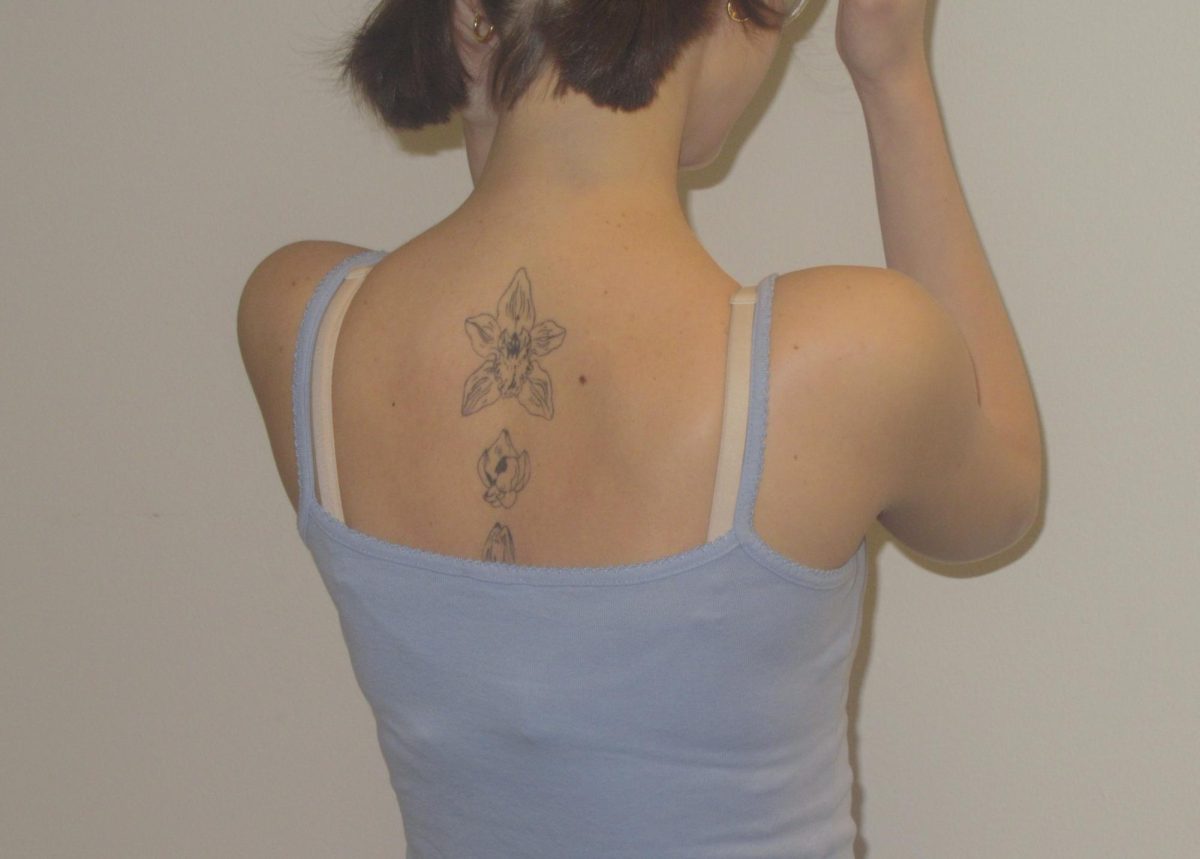New additions to National Portrait Gallery depict political demands
After much anticipation, the latest additions to the Smithsonian’s National Portrait Gallery were unveiled Monday of last week in Washington D.C.
In the past, this ceremonial routine of celebrating former-presidents goes unnoticed in both politics and art, likely because each new painting hangs undistinguished from the last.
This year, however, the portraits of former president and first lady Barack and Michelle Obama have captured the public’s attention.
Upholding their characteristically mold-breaking celebrity despite no longer living in the White House, the Obama portraits present an auspicious omen of and determined demand for the changing face of American politics.
Barack Obama’s portrait is to hang among the other 43 former United States presidents, all of whom, of course, are white.
Currently, the most variation among the presidential portraits is provided by Bill Clinton’s abstracted artistic rendering and Jimmy Carter’s “revolutionary” deviation from the uniform black suit: a beige suit.
Being the first African-American president, Barack Obama’s color is the most obvious factor that distinguishes his portrait from the others, as it historically did from the other portrait-subjects themselves.
But this, according to New York times art critic Holland Cotter, is not the only thing that makes the painting “stand out among the tone of bland propriety.”
Seizing the opportunity to make change, not only are the Obamas the first African-American presidential couple to be exhibited in the gallery, but the portrait painters are the first African-American artists to be honored as well, both of whom are devoted commentators on the politics of race.
Kehinde Wiley, who was chosen to paint Barack Obama by the former president himself, became popular in the early 2000s with his life-size paintings of young African-American men dressed in hip-hop styles, but elevated in the style of old European royal portraiture, creating his own, in Cotter’s words, “global black aristocracy.”
Barack Obama found Wiley to be the perfect candidate, noting that he was inspired by how Wiley’s work gave his subjects a “platform … at the center of American life.” This, according to Barack Obama, “was something that moved me deeply, that’s part of what I believe politics should be about — not simply celebrating the high and the mighty and expecting that the country unfolds from the top down but rather that it comes from the bottom up.”
Wiley, in collaboration with Barack Obama, incorporated these qualities into the official portrait, producing a bold piece containing an even bolder message — fulfilling political art’s obligation to express some degree of propaganda.
From Barack Obama’s expressionless composition ensuring viewers that he is “still troubleshooting, still in the game,” according to Cotter, to the foliage and fauna enveloping the president in his symbolic cultural background, every detail of Wiley’s painting is brushed with intentionality.
Although Michelle Obama’s own chosen artist is lesser known, Amy Sherald’s purpose is similarly noble.
Sherald paints African-American portraits simply because they are so little represented in western art history.
Specifically, Sherald style, according to Cotter, “starts with realism, but softens and abstracts it” to make her subject more ambiguous.
Michelle Obama admires this creative liberty in Sherald’s portrait of her because it makes her think about “all the young people — particularly girls and girls of color — who in years ahead will come to this place and they will look up and see an image of someone who looks like them hanging on the wall of this great American institution.”
She added that she knows “the kind of impact that will have on their lives, because I was one of those girls.” Michelle Obama’s portrait perfectly captures both her natural and deliberate relatability.
The power of the Obama presidency and all it represented is not only enlivened by the couple’s portraits, but by their choice to have African American artists paint them.
And this is what makes their portraits stand out.
In his New York Times article entitled “Obama Portraits Blend Paint and Politics, Fact and Fiction,” Cotter states: “it doesn’t take a #BlackLivesMatter consciousness to see the significance of this racial lineup within the national story as told by the portrait gallery.”
Indeed, among those presidents, the earliest few were slaveholders.
Unfortunately, this image of progress also carries the solemn weight of the reality that Obama era “social gains of civil rights and Black Power” are being trodden upon “with a vengeance” by the current administration, according to Cotter.
Additionally, this image mirrors the dichotomy between the increasing percentage of minority representation in Congress, and the still disproportionately widening gap between white population and representation percentages.
The Obama’s official portraits are both a cry for political diversity and a much-needed response of hope — providing a promising glimpse at the new face of American politics.
No pairing of subjects and artists could have been more appropriate for the National Portrait Gallery’s 50th anniversary.
















































































